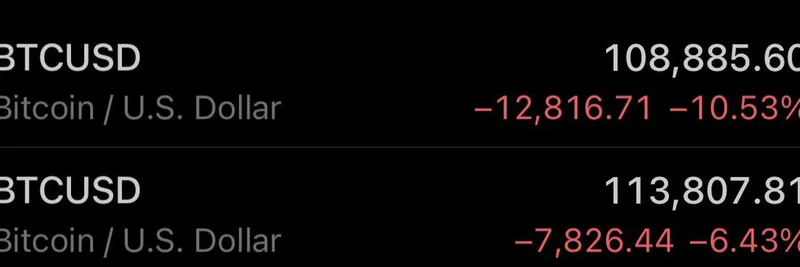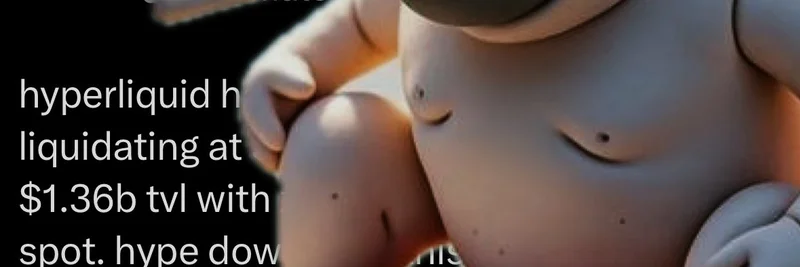In the wild world of crypto, where prices can swing like a pendulum on steroids, a recent incident has everyone buzzing. MartyParty, a well-known crypto commentator and host of The Office Space, dropped a thread on X that's got the community dissecting what really went down during what looks like a flash crash. If you're new to this, a flash crash is when prices plummet dramatically in minutes, often due to some technical hiccup or massive sell-off, but then bounce back just as quick.
MartyParty's take? It wasn't a genuine mass sell-off that kicked things off. Instead, he points the finger at centralized price oracles—think of these as the messengers that feed real-world data, like dollar prices, into blockchains and apps. The big players here are Chainlink and Pyth, which pretty much every exchange, DEX (decentralized exchange), and DeFi app relies on for accurate pricing.
According to Marty, either these oracles glitched or got compromised, or a major centralized exchange like Binance, Coinbase, or Bybit had a price manipulation or failure that rippled through the system. This would force perpetual contracts—those leveraged bets on price movements—to liquidate long positions (bets on prices going up) en masse, while shorts (bets on down) hit their limits and closed out under pressure.
The kicker? Blockchains themselves handled the chaos like champs. DeFi swapping and trading went off without a hitch. "Crypto won, centralized systems failed," Marty emphasizes. He stresses there's no evidence of initial mass selling; it was all post-glitch panic and automated cascades.
But not everyone's buying it. ChainLinkGod, the community liaison for Chainlink, clapped back hard. He argues that Chainlink aggregates data from multiple independent providers, using volume-weighted averages from across all centralized and decentralized exchanges. A glitch on one or even a few exchanges wouldn't skew the oracle's pricing because of this decentralized setup. He even references the FTX collapse, where Chainlink kept reporting accurate market-wide prices despite FTX's own pricing going bonkers.
One reply from user Brometheus highlights a wild price disparity: Gemini on top, Binance on the bottom during the rebound. Screenshots like this fuel the debate— was it really an oracle issue, or something fishier at specific exchanges?
Other voices chime in too. Stani Kulechov, founder of Aave, boasted about how their lending protocol nailed a massive stress test, liquidating $180M in collateral in an hour without a hitch. If oracles were the culprit, why did Aave, a heavy Chainlink user, sail through smoothly? Similarly, folks trading perps on Jupiter reported zero issues, reinforcing that DeFi held up fine.
Then there's the skeptics wondering about bigger conspiracies—ties between figures like Trump and CZ (Binance's founder), or just how unregulated this whole setup is. One user quipped that crypto looks like a scam to most normies, delaying mainstream adoption but extending our "casino" fun.
At Meme Insider, we're all about unpacking these events, especially how they ripple into meme tokens. While this crash hit broad crypto, meme coins often amplify these swings due to their volatility. If centralized points of failure like oracles or exchanges are to blame, it underscores the push for truly decentralized alternatives. MartyParty questions Chainlink's data verification—how do they ensure sources aren't manipulated? Volume-weighted? Audited? It's a fair point in this unregulated space.
This incident is a reminder: Crypto's backbone—blockchains—is rock solid, but the bridges to the old world (centralized pricing) are still vulnerable. As we build out meme token ecosystems, leaning harder on DeFi could mitigate these risks. What do you think—glitch, hack, or something more sinister? Drop your takes in the comments, and stay tuned for more breakdowns on meme-insider.com.




